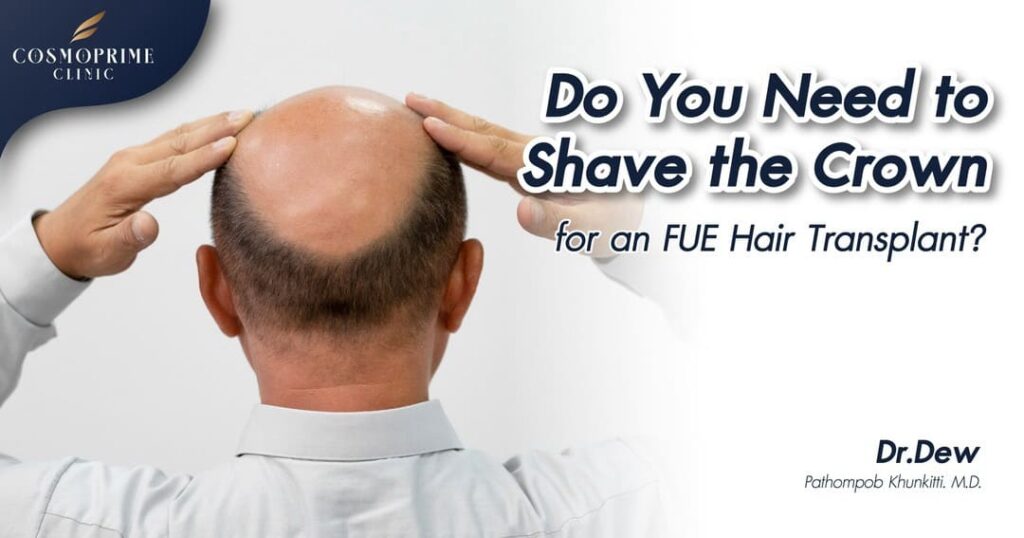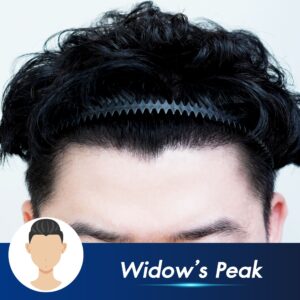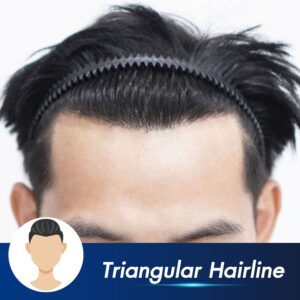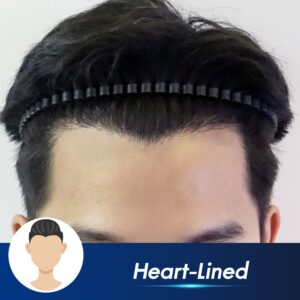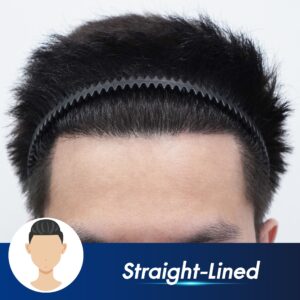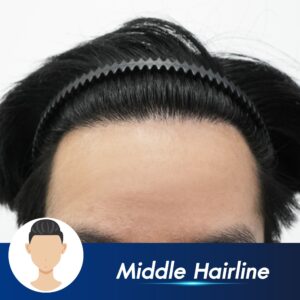Do I need to shave the crown (mid-scalp) for the procedure?
The short answer is: No, shaving the crown is not mandatory for an FUE hair transplant. However, there are both advantages and disadvantages to either option. Let’s break down the pros and cons to help you decide what works best for your lifestyle.
Why Is Hair Shaving Necessary for FUE?
While the donor area (usually the nape or back of the head) must be shaved to allow clear follicle extraction, the mid-scalp area does not need to be shaved for the transplant to be successful. However, some patients choose to shave the crown for practical reasons, while others prefer to keep it long for cosmetic discretion.
Pros and Cons of Shaving the Crown for an FUE Hair Transplant
Advantages of Shaving the Crown
-
Easier Post-Operative Care
- Shaved hair allows for easier cleaning of blood residue and antiseptic solutions.
- Reduces the risk of infection by allowing better scalp hygiene, especially for patients who sweat easily.
-
Improved Cooling and Healing
- Shorter hair helps the scalp stay cool and dry, minimizing moisture buildup and discomfort.
-
Better Surgical Access
- With shaved hair, the medical team has unobstructed access to implant hair follicles precisely.
- Long hair, even when tied back, can get in the way and slow the process.
❌ Disadvantages of Shaving the Crown
-
Visible Changes in Hairstyle
- Shaving the crown makes it difficult to hide the procedure for the first 1-2 months until the hair regrows.
- This may be an issue for those who want to avoid questions from friends or colleagues.
-
Temporary Disruption to Hair Routine
- You won’t be able to maintain your usual hairstyle until the shaved area grows back.
- Even though clinics often provide special caps to cover the area immediately after surgery, it will become noticeable after a few weeks.
Read more : Hairline design
What Happens to the Donor Area?
Unlike the crown, the donor area (back of the scalp) must be shaved for the FUE extraction. After the procedure, the donor area typically heals within 7-10 days, and hair regrowth will cover the extraction points over time.
FAQs About FUE Hair Transplant and Hair Shaving
Q: Is shaving the crown required for FUE?
A: No, only the donor area must be shaved. Shaving the crown is optional based on your preferences.
Q: How long does it take for the shaved hair to grow back?
A: Hair typically grows back 0.5 inches (1.25 cm) per month. Full coverage may take 3-6 months.
Q: Can I hide the shaved area after the transplant?
A: Yes, many clinics provide a post-surgery cap to cover the area during the initial healing period.
Q: Does shaving the crown improve transplant success?
A: No, the success rate of FUE depends on graft quality and the surgeon’s expertise, not whether you shave the crown.

